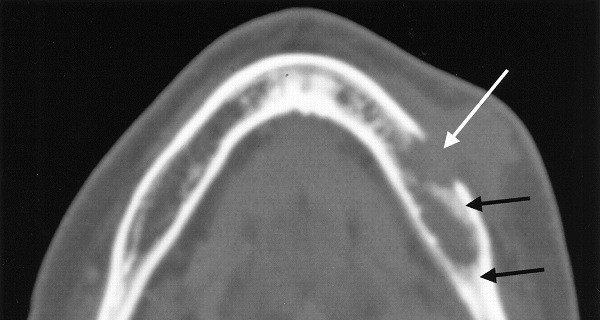Osteomyelitis

Osteomyelitis is an infection of the bones that can reach them through the bloodstream or from nearby inflamed tissue.
The disease can also occur in the bone itself, if, for example, trauma has exposed it to microbes.
In children, the infection most often affects the long bones of the legs and the upper arm, while adults are prone to developing an infection of the bones that make up the spine /vertebrae/.
Diabetics can develop the disease if they have wounds on their feet.
The disease is treatable today. Most of those affected require surgery to remove parts of the bone that have necrosed, followed by intravenous administration of strong antibiotics.
Drug therapy is usually given for at least 6 weeks.
What are the symptoms?
• Fever or chills;
• Irritability or lack of energy in young children;
• Pain at the site of infection;
• Swelling , fever and redness of the skin over the infected bone;
Sometimes the disease causes no signs or symptoms, but they are difficult to distinguish from those of other clinical conditions.
What are the causes?
Most cases of infection are caused by staphylococcal bacteria, which are found in the form of capsules on the skin and in the nose of healthy people.
Microbes can enter bone in a variety of ways such as through:
• blood stream – microbes in other parts of the body – for example in pneumonia or urinary tract infection, can reach a weakened place in the bones through the blood stream. In children, bone infection most often develops in the softer tissues called cartilage plates or epiphyses at the ends of the long bones of the arms and legs.
• Inflamed tissue near the bone – deep puncture wounds can cause bacteria to penetrate very deep into the body. If such a trauma becomes infected, the microbes can also affect the nearby bone.
• Direct contamination – this can happen when the bone fracture is so severe that part of it has breached the surface of the skin.
Direct contamination may also occur during joint replacement operations or correction of large fractures.
Treatment of osteomyelitis
Most often, antibiotic therapy or surgical treatment is given to remove parts of bone that are infected or necrotic. In most cases, hospitalization is required.
Medications
A bone biopsy is done to find out what bacteria is causing the infection, so the treating doctor will decide which antibiotic the infectious organism is most sensitive to.
Antibiotics are usually given through a vein in the arm for a period of at least 4-6 weeks. Side effects are most often nausea, vomiting and diarrhea.
An additional course of oral antibiotics may be required if the infection is more serious.
Surgery
Depending on the extent of the infection, some of the following surgical procedures may be applied:
• Draining the infected area – opening the area around the infected bone, ensuring that any pus or fluid that has accumulated as a result of the infection is drained;
• Removal of affected bone and tissue – in a procedure called debridement or debridement, the surgeon removes all the diseased part of the bone and removes a small part of the healthy bone as well to ensure that the entire infected area has been removed.
Surrounding tissues that appear to be infected with bacteria are also removed at the discretion of the surgeon.
Hyperbaric oxygen therapy
In people with very difficult to treat osteomyelitis, hyperbaric oxygen therapy is prescribed to provide greater amounts of oxygen to the brain and bones, helping to speed up healing.



